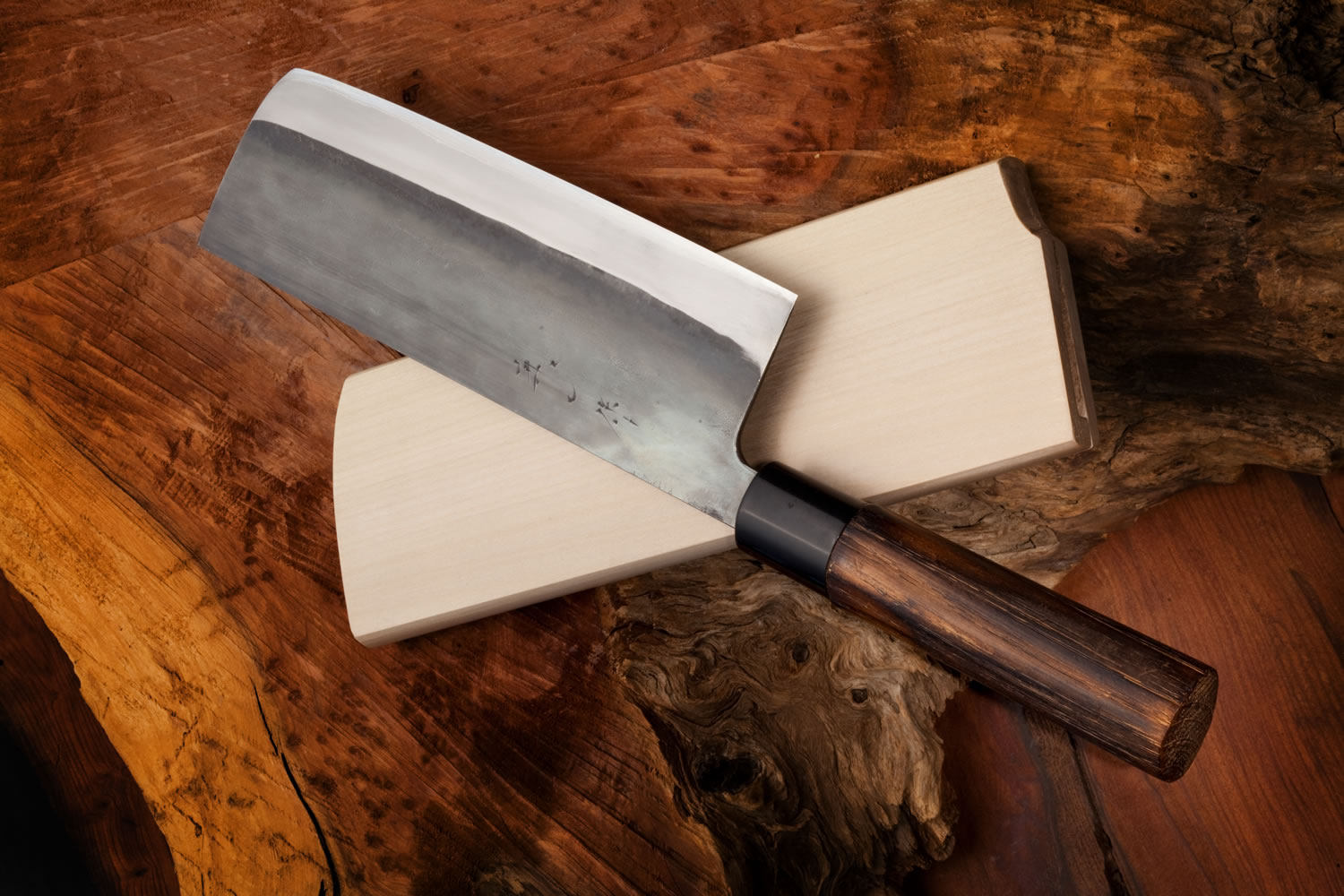khashy
Senior Member
- Joined
- Nov 13, 2016
- Messages
- 1,327
- Reaction score
- 544
That same old chestnut: Gyuto vs. every other blade in existence.
Gyuto is a great all rounder but not specialised at all. In a home setting (low volume of prep) a 210 Gyuto is all you need.
Nakiri is lots more fun. It is flatter, thinner grind and extra height all make for easier push cutting, chopping and push cutting.
My personal home set up is:
210 Gyuto
210 nakiri
180 nakiri
150 Petty (scouting BST for a stainless clad AS)
Bread knife.
I need nothing more (but I keep rotating through buying and selling).
Stainless clad petty:
https://japanesechefsknife.com/collections/aogami-super-carbon-steel-blue-super-steel/products/takeshi-saji-aogami-super-custom-series-petty-130mm-and-150mm-irownwood-handle
better yet, when this comes in stock:
https://japanesechefsknife.com/collections/aogami-super-carbon-steel-blue-super-steel/products/jck-natures-deep-impact-series-petty-120mm-and-150mm





